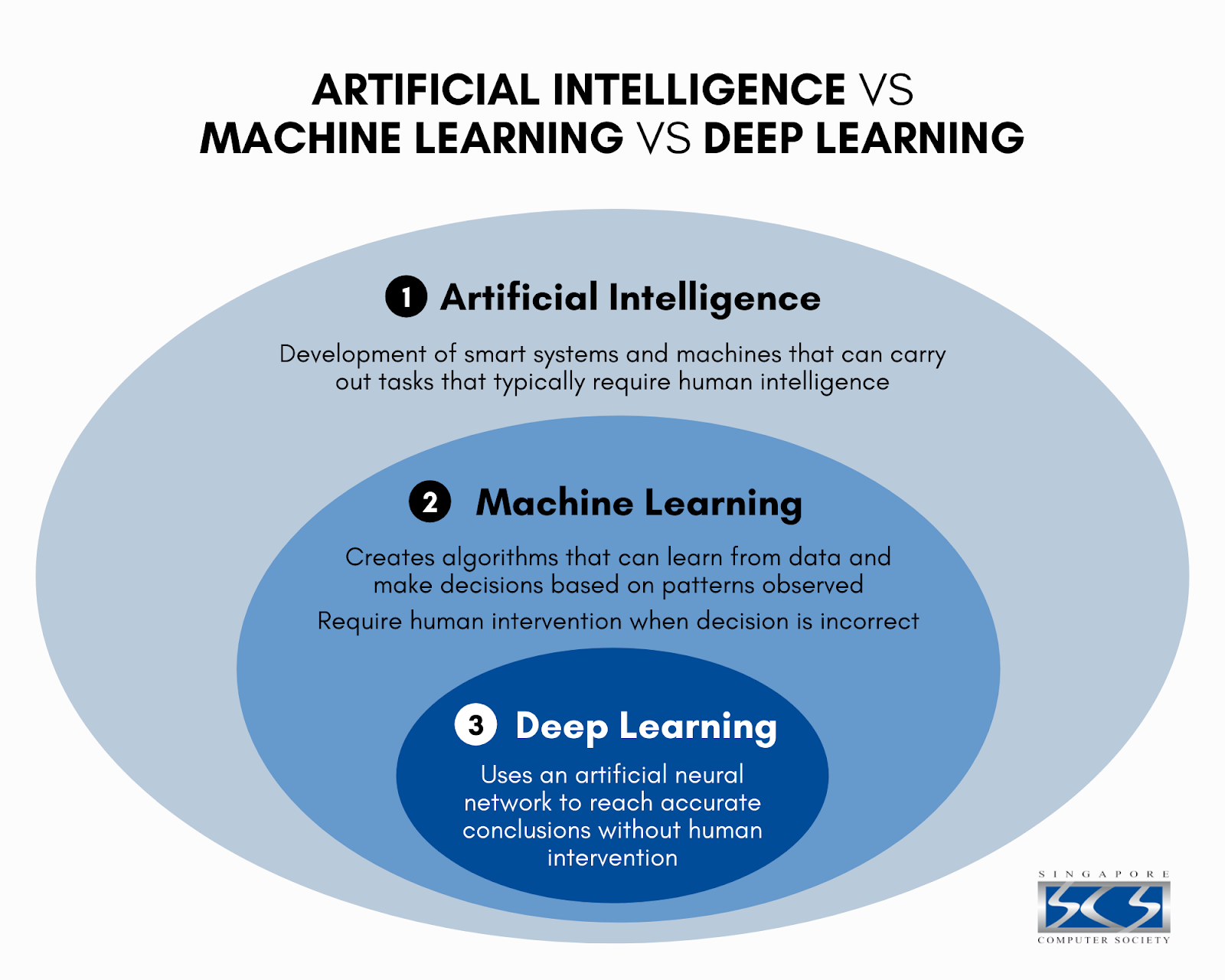Introduction
Deep learning, a subset of machine learning inspired by the structure and function of the human brain, has made remarkable strides in recent years, reshaping the landscape of artificial intelligence. As it continues to evolve, deep learning faces its own set of challenges and is poised to shape future trends in technology and data science. In this blog, we’ll explore the challenges that deep learning encounters and the exciting future trends that await this ever-advancing field.
Challenges in Deep Learning
1. Data Quality and Quantity: Deep learning models require substantial amounts of data for training. Ensuring data quality and quantity remains a persistent challenge, especially for industries with limited accessible data.
2. Interpretability: Many deep learning models are complex and often regarded as “black boxes.” Understanding how these models arrive at their decisions and ensuring their transparency is a significant challenge, particularly in applications like healthcare and finance.
3. Hardware Limitations: Training deep learning models demands significant computational power. As models become more complex, they require even more advanced hardware. This poses challenges for both research and practical applications.
4. Overfitting: Deep learning models can easily overfit to training data, performing well in training but poorly on new, unseen data. Balancing model complexity and preventing overfitting remains a challenge.
5. Ethical and Bias Concerns: The issue of bias in deep learning models has gained attention. Ensuring that models are fair, unbiased, and ethical is a growing challenge.
Future Trends in Deep Learning
1. Explainable AI (XAI): Addressing the interpretability challenge, XAI seeks to make deep learning models more transparent and comprehensible. It’s expected to be a significant future trend in applications where decision-making needs to be understood.
2. Federated Learning: As privacy concerns grow. Federated learning allows model training across decentralized devices while keeping data on the device itself. It’s a promising trend for privacy-preserving AI.
3. Transfer Learning: Transfer learning involves using pre-trained models on new tasks with limited data. This trend will make deep learning more accessible for industries with data constraints.
4. Quantum Computing: The development of quantum computing holds great potential for addressing the hardware limitations of deep learning, enabling faster and more efficient model training.
5. Neuromorphic Computing: Inspired by the human brain, neuromorphic computing aims to create hardware that mimics neural networks, potentially revolutionizing deep learning and AI.
6. Hybrid Models: Combining deep learning with other machine learning techniques, like symbolic reasoning, can address some of the interpretability and bias challenges.
7. AI in Healthcare: Deep learning will play a crucial role in improving diagnostics, drug discovery, and patient care, helping to address some of the most pressing challenges in the healthcare industry.
8. AI in Sustainability: Deep learning can contribute to addressing environmental and sustainability challenges, from optimizing energy consumption to monitoring and managing resources.
Conclusion: A Dynamic Future Awaits
Deep learning is on a dynamic journey, marked by both challenges and exciting trends. As technology and research continue to advance, we can anticipate solutions to current challenges and the emergence of new applications that will shape industries, influence decision-making, and enhance our daily lives. The future of deep learning is bright, promising transformative advancements that will continue to push the boundaries of what’s possible in the world of artificial intelligence.
For more updates stay with boardofjobs.com


